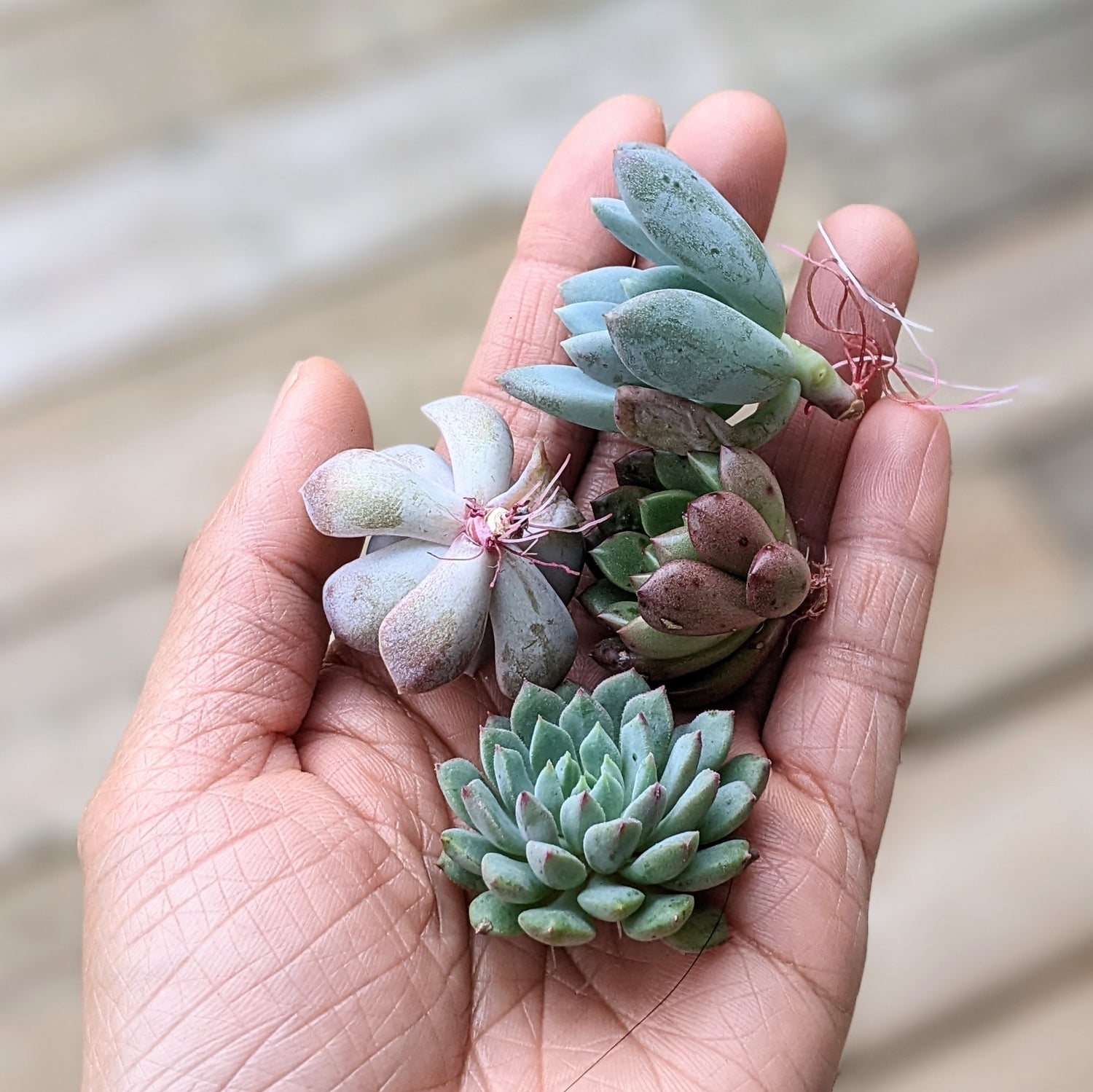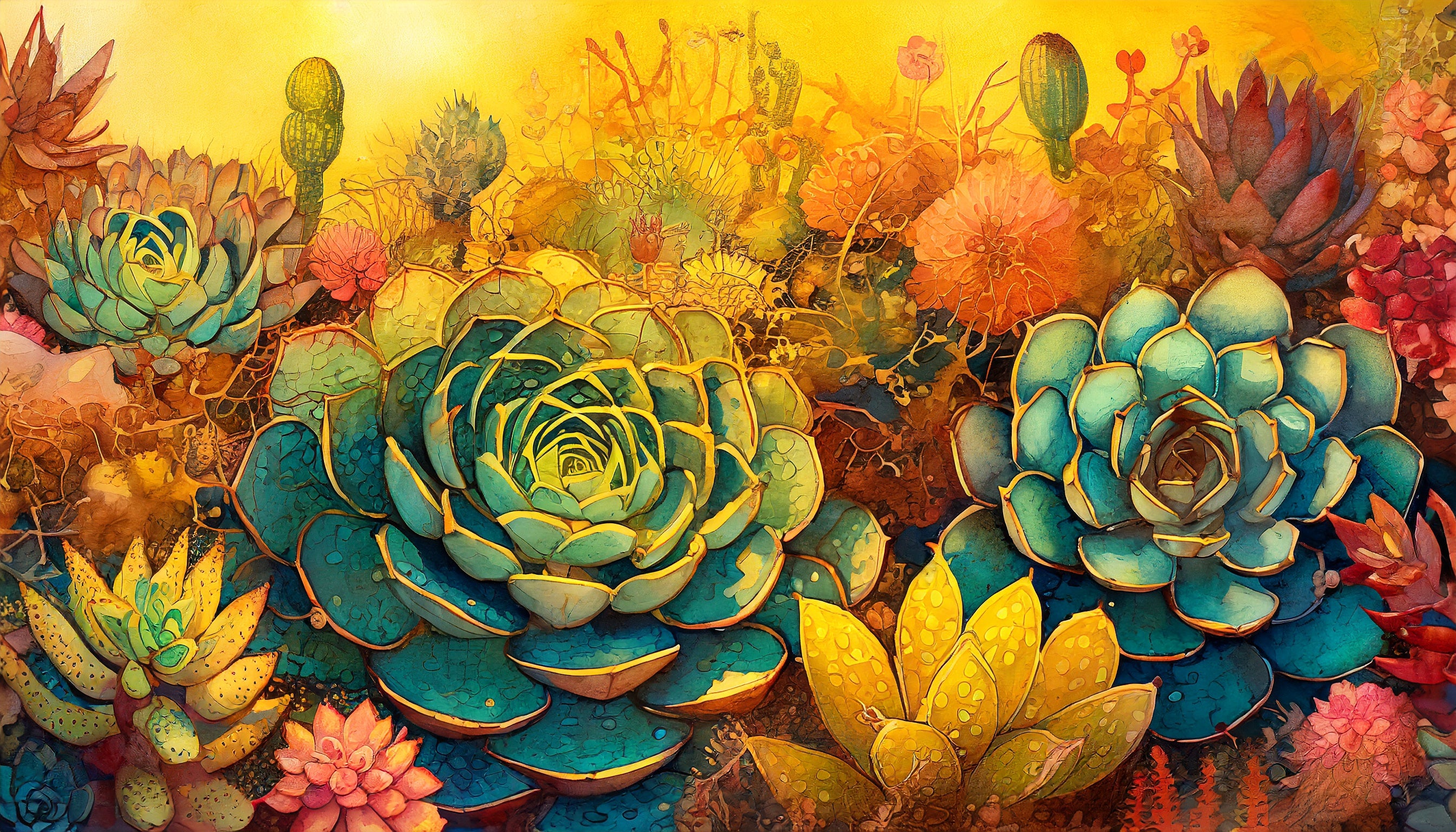Cutting FAQ

What Is A Cutting?
A piece of a plant that has no root.
What Is A Rooted Cutting?
A piece of a plant that has rooted, but not necessarily planted in soil yet.
What You Will Receive When Purchasing A Succulent Cutting?
The crown of a plant.
What You Will Receive When Purchasing A Hoya Cutting?
Whatever is indicated for that specific plant. Eg. One node, cutting, or rooted cutting.
Plant FAQ
Items That Are Listed As In-stock May Be Out Of Stock When Ordered.
Website doesn't get updated in time for those customers who shop online, as items may be purchased by drop-in customers. In this case, we will send an email to notify the customer for plant replacement options or a refund on the items.
Why The Plant You Received Is Not The Same Plant Listed
Photographs of plants listed on our website are a representation of any given plant. You won't receive an identical plant, as seen in the photo, unless the plant is listed as a specimen plant.
Why The Plant I Received Is Larger Than 2.5" Pot Size?
There are occasions where the 2.5" pot is not available and we will send out a larger size at no additional cost. Alternatively, you will receive two small plants instead of one 2.5" in size.
Why Pots Are Not Being Shipped But Listing Shows 2.5" Pot?
Listing shows 2.5" pot for plant size reference. We do not ship plants with pots and soil. See Shipping Policies for more details. If you purchase on site or pickup your order in person, the plant will be in a pot.
Wholesale Account
We currently don't have a wholesale program.
Plant Shipping FAQ
Why Are Soil and Pots Not Shipped?
Reduced Shipping Costs: Shipping plants bare-root (without pots and soil) significantly reduces the weight and size of the package, which can lower shipping costs.
Minimized Risk of Damage: Soil can shift during transit, potentially damaging the plant. Shipping without soil reduces the risk of the plant being jostled and ensures a safer journey.
Pest and Disease Prevention: Shipping bare-root helps prevent the spread of pests and diseases that might be present in the soil.
Reduced Moisture Issues: Soil can retain moisture, which might lead to rot during transit if the plant is left in a damp environment for too long. Shipping without soil minimizes this risk.
Why Succulent Plants Need To Be Dehydrated Before Shipping?
Prevent Root Rot: Reducing the plant's moisture content helps prevent root rot during transit, as excess moisture can cause the roots to decay.
Reduce Weight and Mess: Dehydrating the plant decreases its water weight and reduces the likelihood of moisture leaking from the package, making it cleaner and lighter to ship.
Minimize Damage: Drier plants are less prone to damage from handling and shipping, as they are less fragile and less likely to suffer from physical injury.
Increase Durability: Dehydrated succulents can survive longer periods without water, making them more resilient to the conditions of shipping and potential delays.

